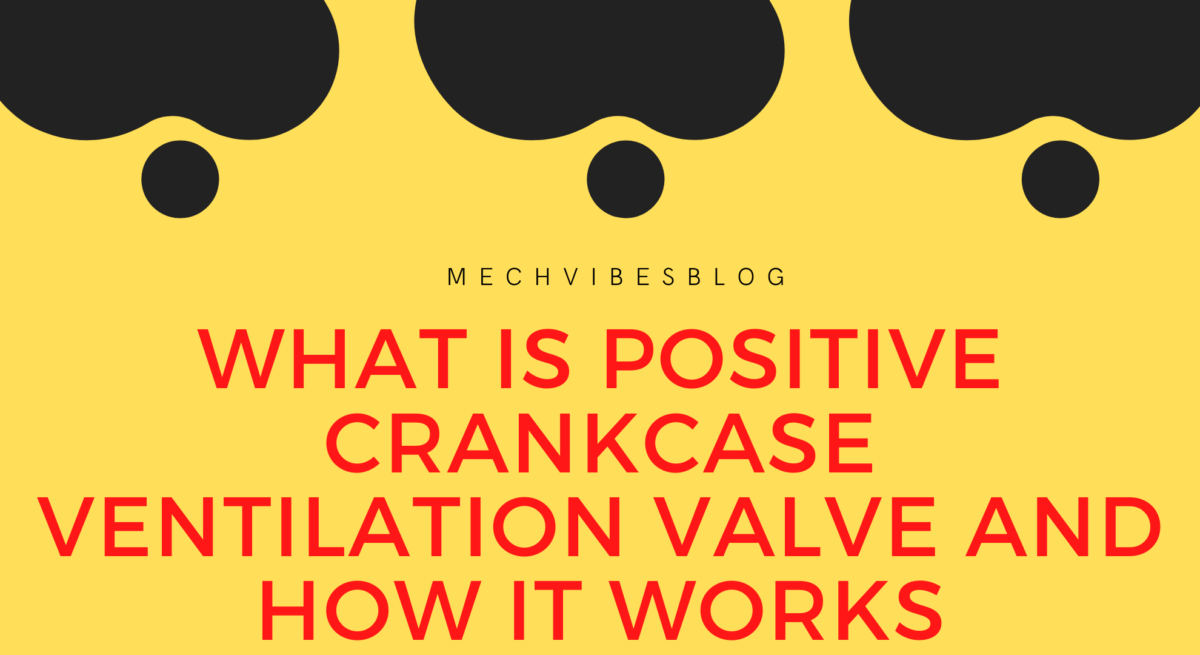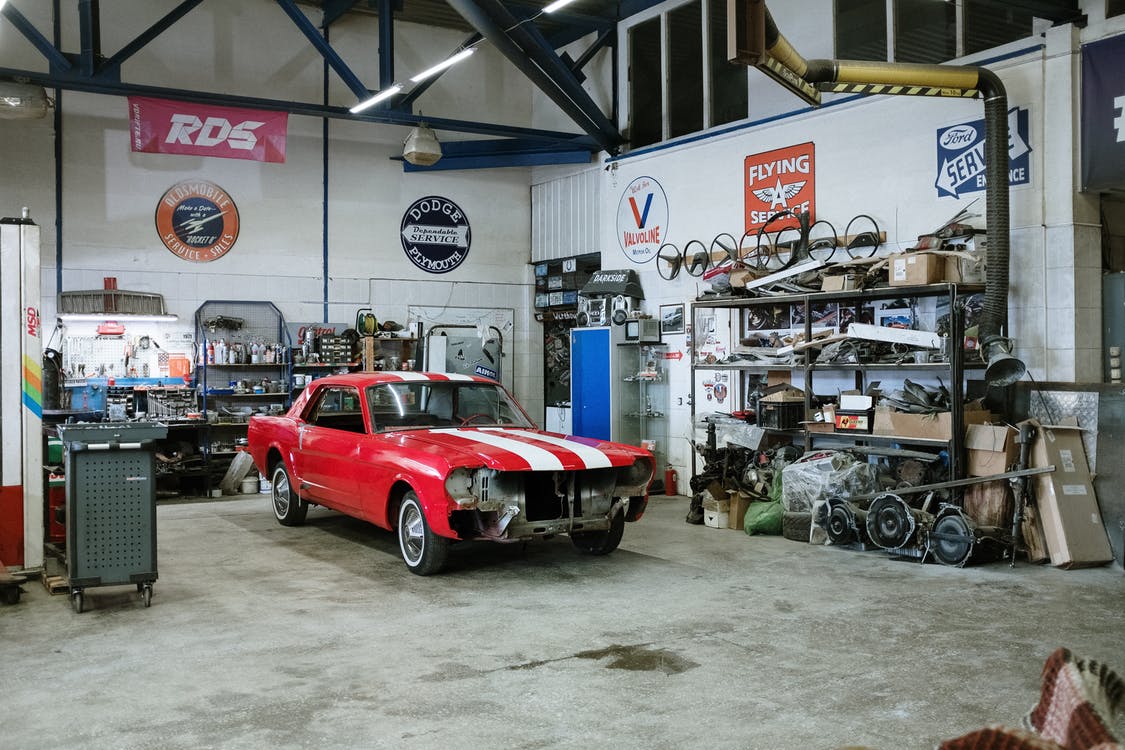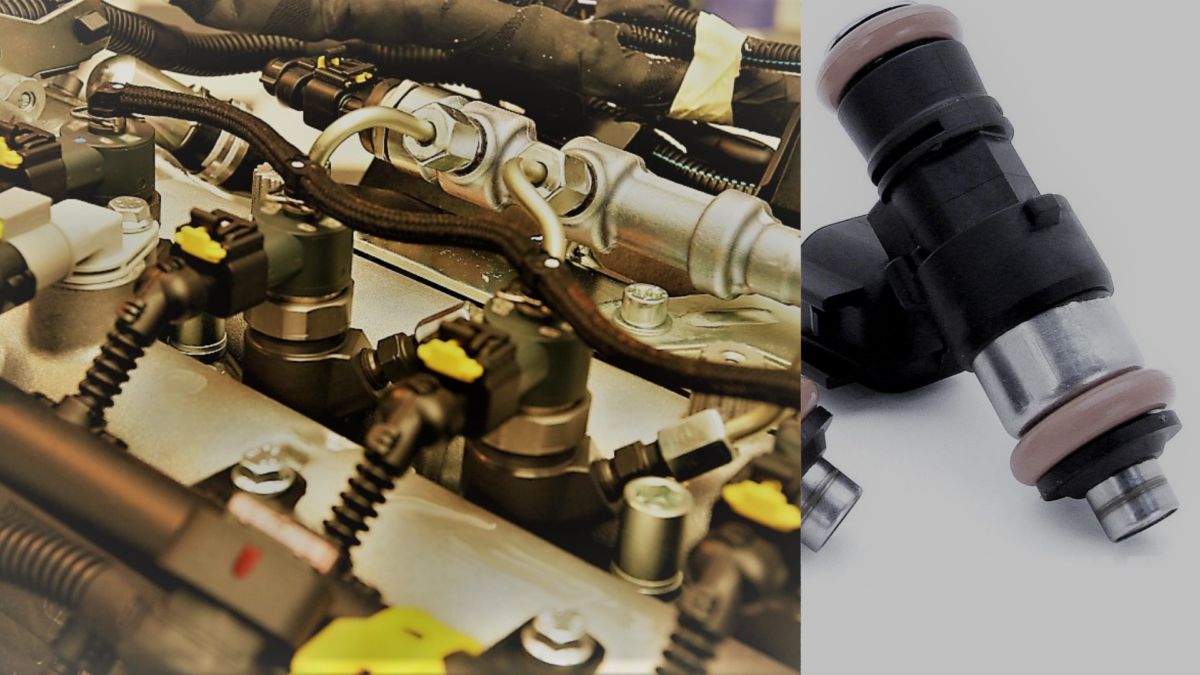
What is Positive Crankcase Ventilation Valve and How the System Works
Hence, what is Positive Crankcase Ventilation(PCV)? and how exactly do they work. Great!, today am glad to share with you from my thoughts, findings and research on Positive Crankcase Ventilation system and how it mainly contribute in the field automotive.
Basically, PCV valves can be found and installed on many running vehicles. It serves as tool in reducing air pollution.
Positive Crankcase Ventilation Valve was first introduce into automotive in 1963. It regulates crankcase pressure and ventilation of fumes from the crankcase into the intake manifold.
The flow is controlled by the Positive Crankcase Ventilation valve in order to meter the amount of vapor introduce into the combustion process.
It also works as a check valve to prevent any intake fumes from entering into the engine.
A damage and neglected PCV system will soon fail to function and the result can be quite different.
What consist of Positive Crankcase Ventilation Valve
The PCV is effective as both a crankcase ventilation system and as a pollution control device. The most crucial part in the PCV system is the flow control valve, commonly referred to as the PCV valve.
The system consists of a valve, grommet, tube, and air supply hose to allow the flow of air into the crankcase.
Besides, they mainly get weak overtime and requires replacement. Any of these components can break down and cause damage to your engine.
Modern designs are designed with a separate inlet filter that cleans the incoming air for the Positive Crankcase Ventilation system only.
Moreover, a sticking Positive Crankcase Ventilation valve won’t allow gas to circulate properly, which can increase pressure in the crankcase.
Hence, the Positive Crankcase Ventilation valve is often an overlooked component, but comes with a replacement interval of at least 12 months.
How Does Positive Crankcase Ventilation system works
Air is supplied through a filter where Inlet hose connects to a filtered air source which serves as a tool in supplying clean air that is drawn through the engine.
This filtered air flows through the engine, picking up fumes and vapors. The air exits through another hose, connected to manifold vacuum.
The flow of air draws fumes from the crankcase and burns them harmlessly in the engine.
A vacuum is introduced, relieving any pressure that may build.
Symptoms of Bad Positive Crankcase Ventilation Valve
- Leaks in the engine compartment.
- Leaks underneath the car.
- Vehicle runs poorly.
- High oil consumption.
- Reduce fuel economy.
- Strange noise such as whistle around engine compartment indicate a failed PCV valve.
- Fouled plugs.
- Rough idle, hard starting or lean misfire.
- Plugged and sticking oil rings.
- Rapid/premature engine wear.
- Ruptured gaskets and seals.
- Oil in the air cleaner.
- RPM higher than expected.
Causes of a Positive Crankcase Ventilation Valve
- A Positive Crankcase Ventilation Valve that is stuck closed will cause excessive crankcase pressure resulting in leaks.
- A Positive Crankcase Ventilation valve that is stuck open will cause drivability issues.
- A loose or leaky hose which drives unmetered air into the engine.
- Failed Positive Crankcase Ventilation heater.
Taking care of Positive Crankcase Ventilation System
Positive Crankcase Ventilation system improves vehicle performance and routine maintenance such as regular oil change can extend the life of the system, but eventually it will have to be replaced.
Again, a neglected or poorly operating PCV system will quickly contaminate the engine oil and heavy sludge accumulations from the combustion process blow-by.
Derived fault codes
*P053C
*P0171
*P0174
Diagnosing Positive Crankcase Ventilation System
- Remove the valve and shake it. If it rattles, it means the pintle inside is not stuck and the valve should flow air.
- Check for vacuum by holding your finger over the end of the valve while the engine is idling.
- Use a flow tester to check the performance of the valve. This helps know the results of both vacuum and air flow.
4. Also, pull the valve from the valve cover and feel the end for vacuum while the engine is idling.
5. Remove the dipstick tube and connect a vacuum-pressure gauge to the tube and allow it to stabilize at idle. Then take a reading of your vacuum-pressure gauge.
If the engine does not change, check the PCV valve and system hoses for blockage. Replace components as necessary and retest.
Positive Crankcase Ventilation(PCV) System Maintenance
Due to simplicity in the design of PCV system, it is often overlooked. , yet many engines have never had the PCV valve replaced.
The PCV hose that connects to the engine should also be replace when the valve is changed. It may be advisable to use approve ventilation hose.
Valves needs to be service more frequently since vehicles and operating conditions vary.
Besides, if it is suspected that the valve is sticking or if there is evidence of sludge, the valve should be replaced.
All hoses or tubes used in the PCV system should be cleaned and inspected. If any cracks or breaks are noticed in the hose, it should also be replaced.
Positive Crankcase Ventilation system replacement tips
When replacing a PCV valve, make sure the replacement valve is the same as the original.
External appearances can be misleading because valves that look the same on the outside but been calibrated differently inside.
If the replacement valve does not have the same flow characteristics as the original, it may upset emissions and cause driveability problems.
Final Verdict
Well, a lot said under Positive Crankcase Ventilation. Working around PCV system and its related issue can be kind of stress. Make sure you follow the right procedure and steps when solving PCV problems.
Once again, PCV valves can last a long time, but they may eventually wear out or clog — especially if the vehicle owner neglects regular oil changes, and sludge builds up in the crankcase.
Any views and comments, let’s here from you.
Disclaimer
This content is information purposes only. Refer to data and service bulletin for additional information.


